A Town Cursed by Jesus
Chorazin is about two and a half miles from Capernaum on the northern shore of the Sea of Galilee.
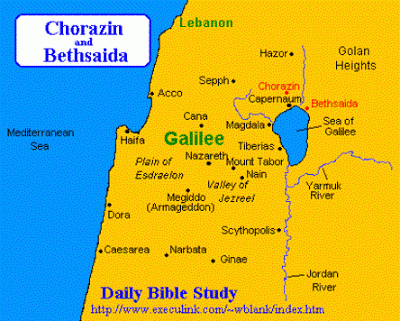 |
| source: Daily Bible Study |
MT 11:20 Then Jesus began to denounce the cities in which most of his miracles had been performed, because they did not repent. 21 "Woe to you, Korazin! Woe to you, Bethsaida! If the miracles that were performed in you had been performed in Tyre and Sidon, they would have repented long ago in sackcloth and ashes. 22 But I tell you, it will be more bearable for Tyre and Sidon on the day of judgment than for you. 23 And you, Capernaum, will you be lifted up to the skies? No, you will go down to the depths. If the miracles that were performed in you had been performed in Sodom, it would have remained to this day. 24 But I tell you that it will be more bearable for Sodom on the day of judgment than for you."
The three places, Capernaum, Chorazin and Bethsaida are known as “the evangelical triangle” by some scholars today. Jesus performed in the evangelical triangle his “mighty works” and laid the foundation of his ministry.In Capernaum, he healed a paralyzed man. In order to get him to the house, the audience had to remove the roof of the building and lower him through it.
In another episode a Roman military commander (a centurion), who dwelt in the village, approached him. The centurion asked him to heal a boy who was lying sick at his home. The centurion knew that Jesus would not go to his home to heal the child because a Halakhah (Jewish law), decreed by the Rabbis, forbade Jews to enter gentiles’ homes. Jesus was thrilled by the centurion’s faith because he did not find such faith among his Jewish fellowmen.
“Go home,” he said, “and the boy will be healed.”
In the evangelical triangle Jesus met his first disciples. They were Simon-Peter, the fisherman from Bethsaida, and his brother Andrew. Jesus told them to stop being fishers of fish and become fishers of men. Philip, another disciple, was from Bethsaida as well. Two more fishermen, James and John, the sons of Zebedee, probably also came from this town. In addition to healing individuals, Jesus performed miracles to the multitude. On a plain not far from Bethsaida, he was followed by a crowd of 5,000 people and when there was nothing for the crowd to eat, Jesus managed to feed the crowd with just two fish and five loaves of bread (Matt. 14:13-21).
On two other occasions he preached the famous sermons in which he laid the foundation of the Christian faith. One sermon was made from the top of a mound and the other was made from a boat to a crowd who had gathered on the seashore.(source: Dr. Rami Arav, Professor at the University of Nebraska, Omaha and the Director of the Bethsaida Excavations Project)
The city was established in the 1st century AD. The remains
that are seen today belong to a later period, the period of the Mishna and
Talmud (3rd/4th century AD), when the city was expanded.
The Jewish Synagogue was built in the Byzantine period, in
the 3rd/4th century, according to a hoard of coins found under the synagogue.
The synagogue is a typical rectangular 23M long, 17M wide, double row
structure, north-south orientation. Its style is similar to the Capernaum and
Hammat-Gader synagogues.
The site was destroyed at the middle of the 4th C, as
described by Eusebius of Caesarea, which relates the destruction of the city to
the prophecy of Jesus. This was also established by the excavations. The
destruction may have been caused by an earthquake (363 AD).
The site was restored at the end of the 4th C, and continued
until the 8th C. It expanded during the
early Arabic period (7-8th C AD). After a gap of several hundred years, was revived
in the 13th C. Near the entrance there is a tomb from the Mamluk period - the
grave of Sheik Ramadan. (source: http://www.biblewalks.com/Sites/Korazim.html)
 |
| ruins leading to the synagogue |
 |
| stone ruins of the central residential area |
 |
| a Galilee style synagogue |
 |
| archway in the walls of the synagogue which leads to the ritual bath |
 |
| pillars supporting the roof of the syngagogue |
 |
| The Seat of Moses in the synagogue |
,
Labels: Bible lands, HolyLand, Jesus Christ, New Testament







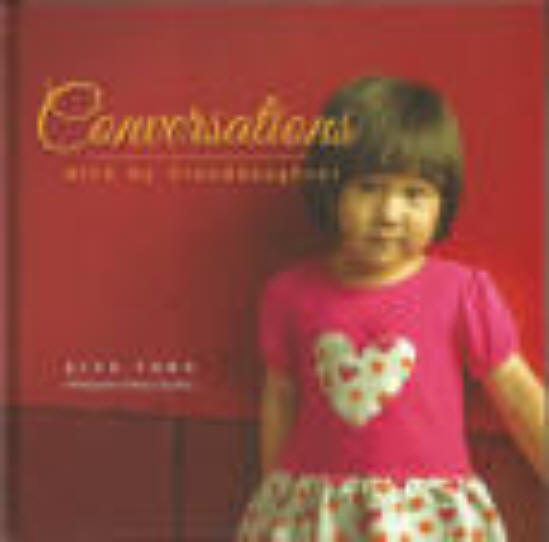
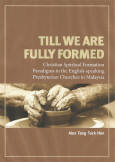
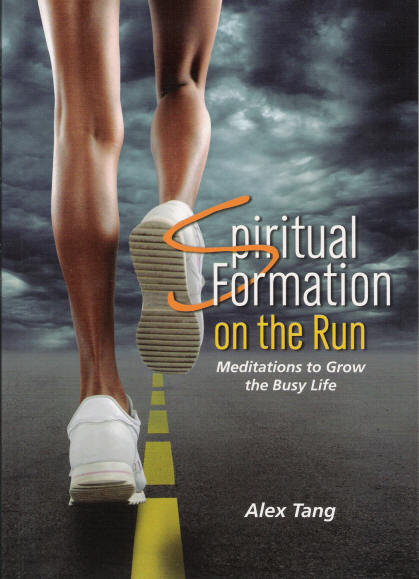
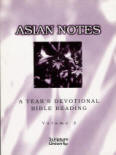
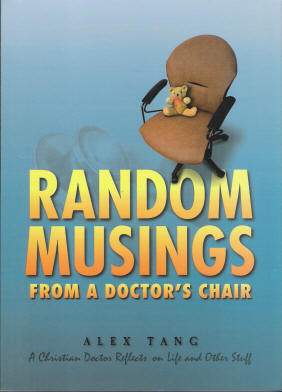
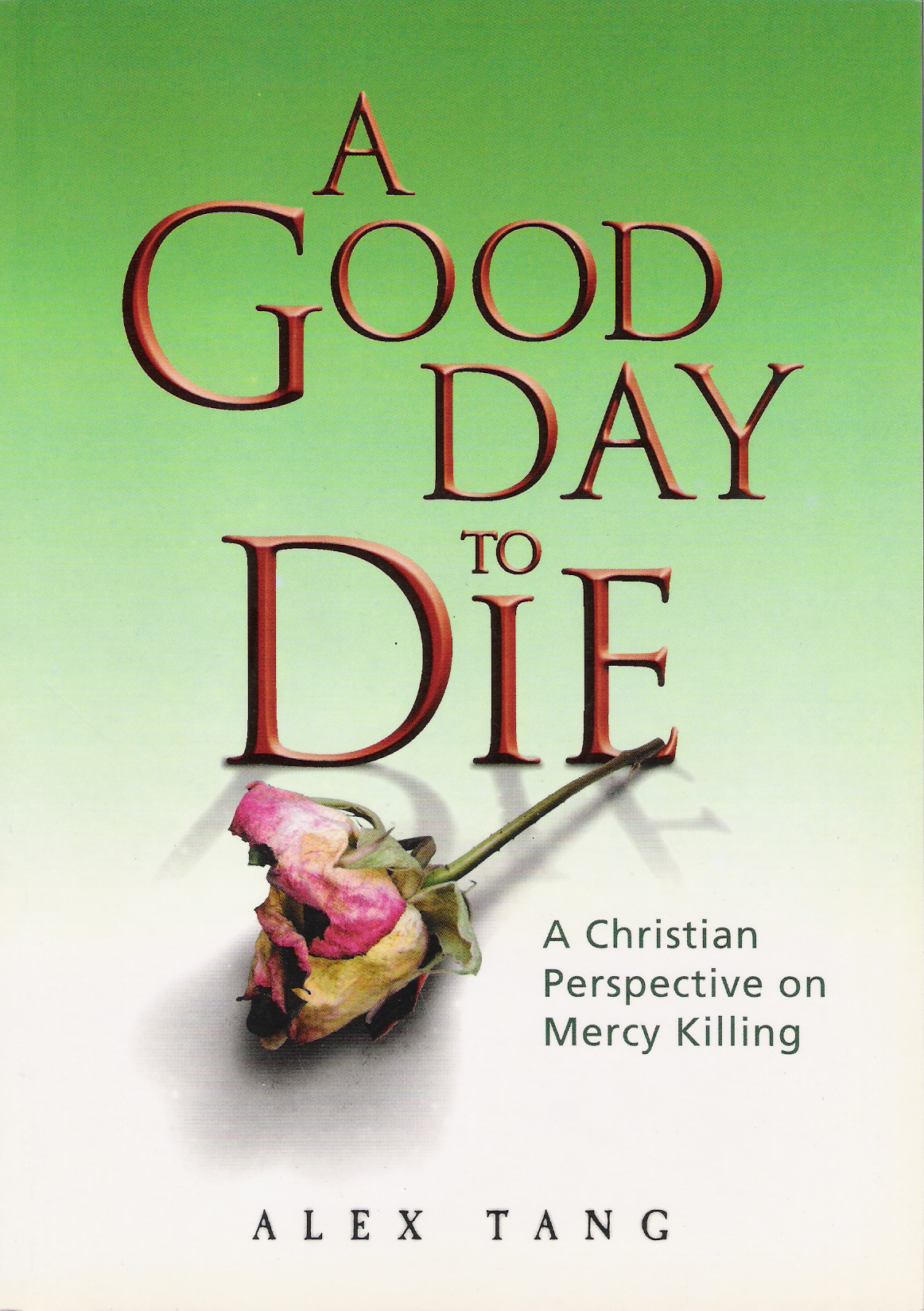

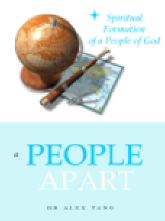
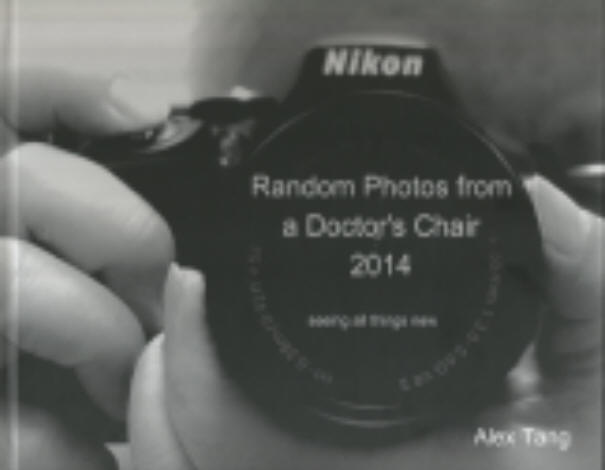
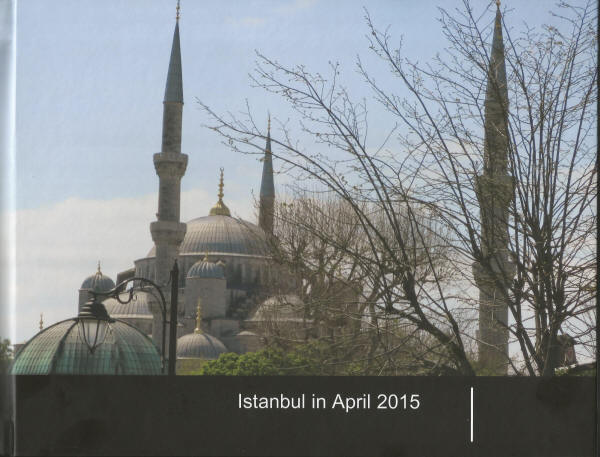
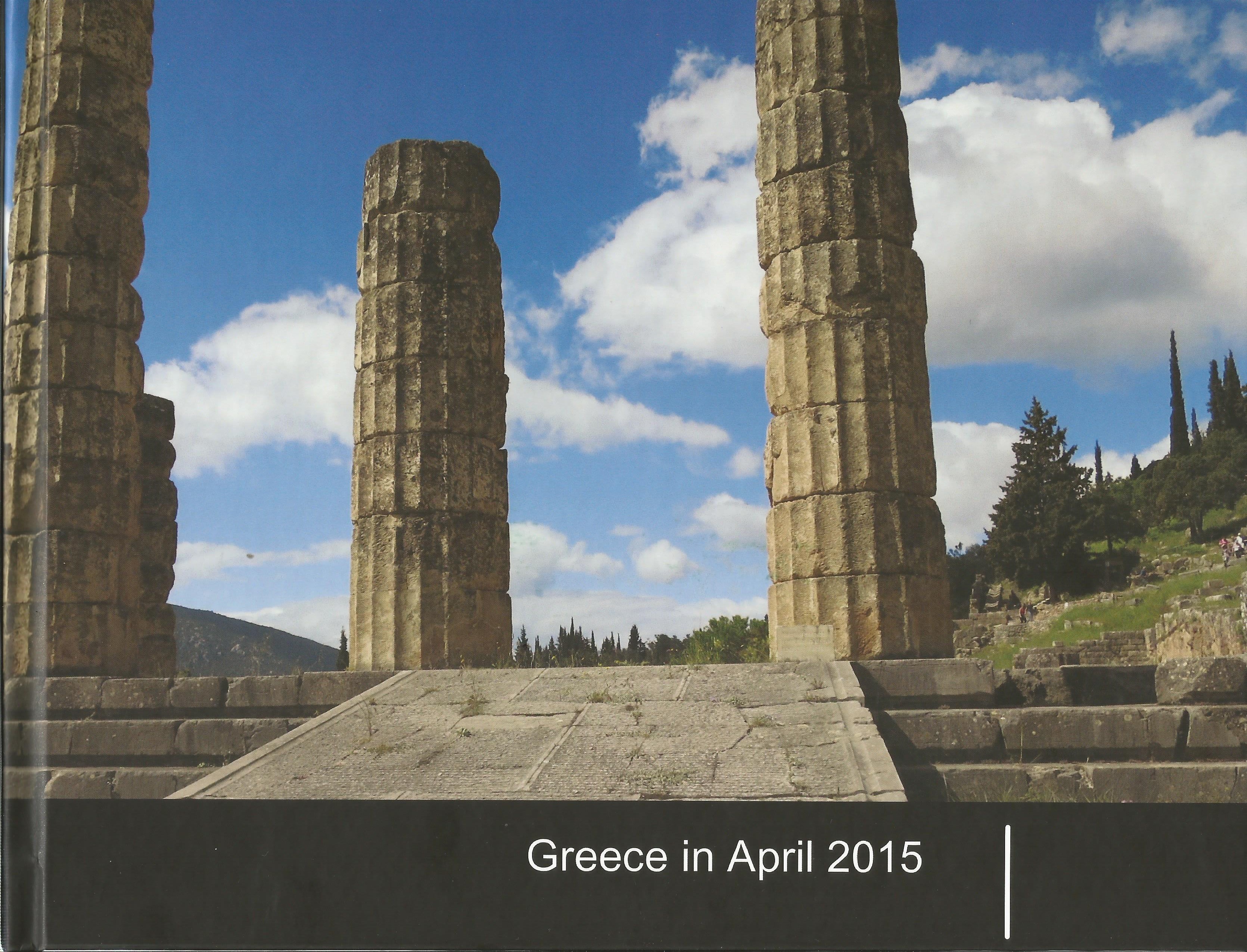
0 Comments:
Post a Comment
<< Home